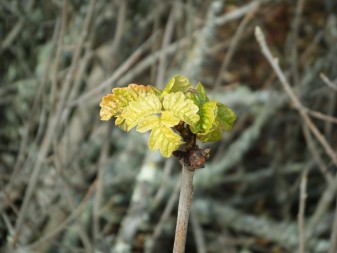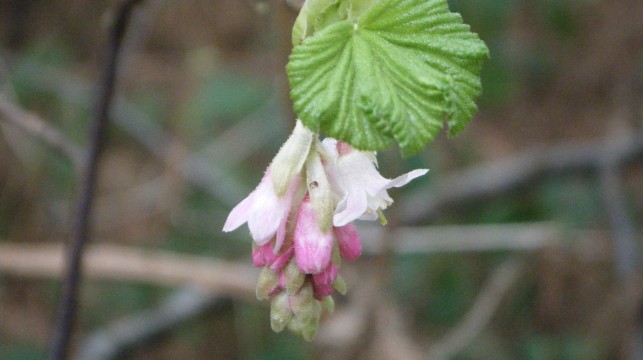Seems like spring is "bustin' out all over" the Bay Area in the last few weeks. Bare branches of deciduous plants, dormant through the short days of winter, are swelling with new life. In my yard, the ornamental plum is attracting bees and songbirds. The flowers rain down under the weight of sparrows combing through the new growth. Out on the trails, native plants are doing the same, putting the short, dry winter behind them and unfurling the welcome mat to longer, warmer days.
Scientists are enlisting the help of "citizen scientists," students, and a corp of academics and volunteers, to help assess the effects of global climate change on seasonal plant and animal behavior. The USA National Phenology Network, with a statewide associated arm, the California Phenology Project, was started in 2010. The intent of the project is to collect data on the seasonal behavior of both plants and animals. Seasonal occurrences include bud burst and leafing out, blooming, fruiting, seed dispersal, and leaf wilt leading to dormancy. They are also tracking similar behavior in animal species along with migration. With enough data, scientists can then get a better idea of some of potential impacts of climate change. One of the plants they're tracking is poison oak.

While poison oak has a deserved bad rap as a plant most of us avoid, it's an important plant for wildlife who are immune to the irritating oils. It provides food from its white berries in the fall and shelter in its dense branches. If plant bud and blooms happen earlier due to climate change for this and other native plants, there may be important outcomes related to availability of food from the berries, for example, in late fall. Like a line of dominoes, changes in food availability can affect animal species and their predators as well as insect populations.
Learn more about the California Phenology Project. You can become one of the volunteer "citizen scientists" who help collect data on this national effort. You can also learn more about our native plants through the California Native Plant Society with local chapters in many cities around the Bay Area.

